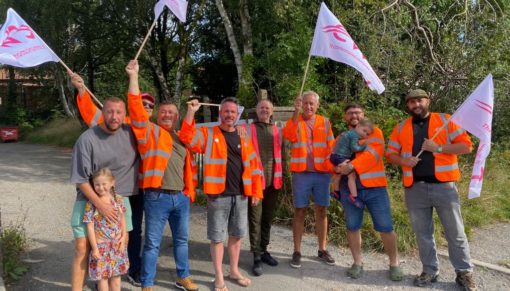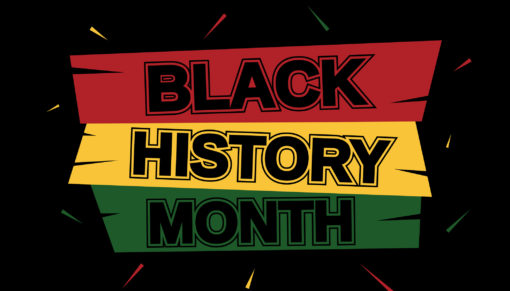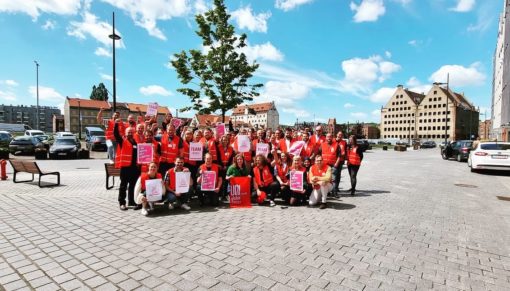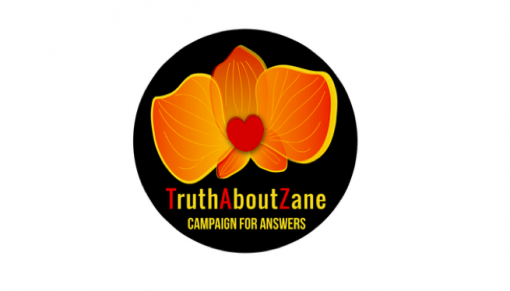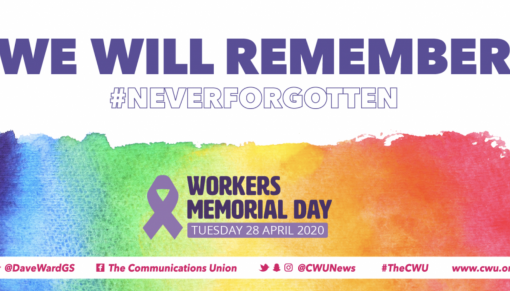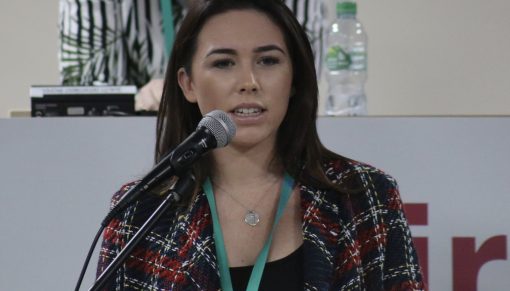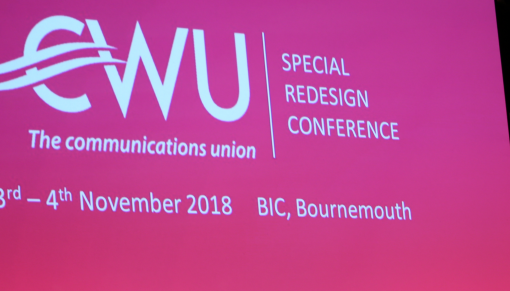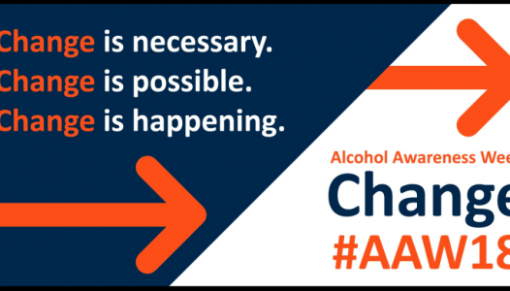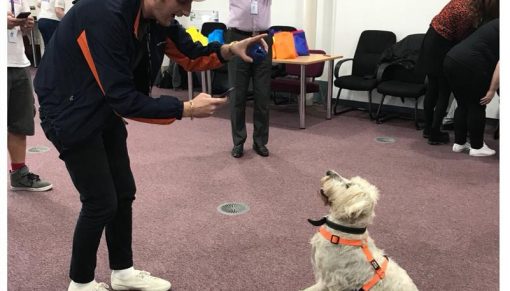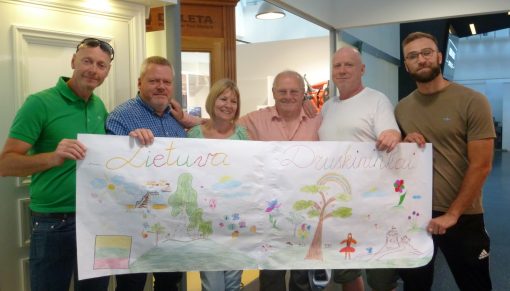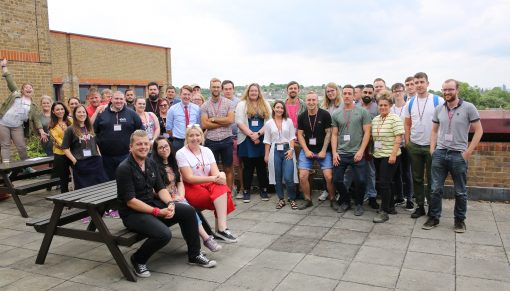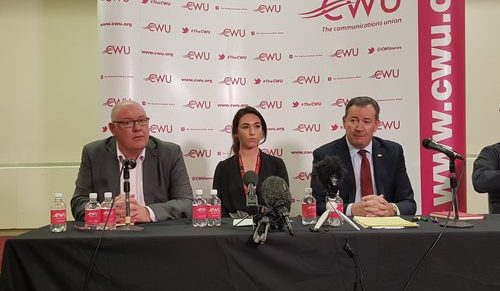Community Trade Unionism – lessons from NZ
October 15 2015(A version of this blog was first posted on the TUC’s Stronger Unions website and also Unionhome)
At our National youtgh Education Event in Belfast this week-end, there was much talk of”community based trade unionism”, andI spoke about the ideas being developed by our counter-parts in New Zealand.
I don’t think that anyone who heard Helen Kelly, President of the New Zealand Council of Trade Unions speak at the TUC recently could have failed to be impressed. There was a great freshness and directness about her delivery and, of course, it’s great to see another national centre being lead by a woman. Her presentationon the NZCTU’s “Together” programme really set me thinking. This is a different take on the “community-based” trade unionism championed not just by Unite and Community but also unions like my own CWU, who have always looked to support members and their families at home as well as work, and often when they are out of work as well as employed.
Our counter-parts in NZ decided in 2009 that although they claimed to be the voice and representatives of working people in that country, they could not make that stand-up: Some sectors of this diverse economy were not represented. Moreover, the organising model being used – seemingly largely defined by occupational demarcations and a classic workplace rep/official/leadership structure – was not delivering a growth of either members or density. In a split we will all recognise, private sector membership was estimated at well below 15%, while public sector density stood at nearly 70%.
The NZCTU decided that the remedy was two-fold: First start organising like successful social movements – Greenpeace, for example. And second, go to potential members with a proposition based on values rather than membership. In very brief terms, it means that you advertise for and recruit “supporters” who pay a nominal sum to receive access to information and general services, such as an employment rights call centre. The aim of this was to dramatically lower barriers to potential supporters, and to redefine what “support” was to make the proposition more attractive and accessible.
The key questions for us in the UK out of all this are of course “Does it work?” and “Can it happen here?” It’s clear in my mind that the answer to both is “yes” – but perhaps not in the most obvious ways.
There seems to be no doubt that the idea has great traction in NZ, as evidenced in part by the Ports of Auckland dispute which started earlier this year. (Seehttp://union.org.nz/news/2012/ports-auckland-strike-notice) “Together” seems to have been instrumental in mobilising the community behind striking dockworkers.
But NZ and its labour movement are distinctly different from ours. There are no all-encompassing general unions for example, leaving significant sections unorganised and unrepresented. Union organisation is also very often co-terminus with local bargaining units, so there can be literally dozens if not hundreds of unions. There is scope and space for growth in a way that perhaps we don’t have.
And the “supporters” model is not necessarily a panacea – accountability can be difficult to establish, and ease-of-access also usually means ease-of-egress too!
But despite these differences, the Together model offers some very valuable food-for-thought. For unions to have the self-awareness and self-enlightenment to perceive and then embrace that a collective response is needed to remedy low density levels is not a strange concept for us – but to do so in this particular way has some novel concepts.
So the Memorandum of Commitment (http://www.newunionism.net/library/organizing/NZCTU%20-%20Together%20-%20Memorandum%20of%20Commitment%20-%202011.doc) talks about how “Together” subscriptions will be disbursed (most money will be invested in organising projects once the organisation is self-financing), where “Together” activity stops and NZCTU affiliate activity starts, and how, when and if “Together” members will be migrated to affiliates. The breadth of this sort of how-we-work-together document is eye-catching. (Seehttp://cms.iuf.org/?q=node/843for an affiliate’s view on how this works).
So too is the apparent willingness for affiliates to invest in “Together” and to, in effect, cede some power to it. This suggests high levels of awareness or self-confidence or both.
And finally, the experience of how participants in “Together” have been trying to make this work is also instructive. Not all NZCTU affiliates are signed up. So those that are willing are pressing ahead in an illustration of not allowing the agenda to be set by those who do not participate.
And amongst those who do participate, there is a need at senior level for someone to continue to push the values of the project – to make sure sufficient attention (political, organisational and financial) is given and maintained.
In many ways ironically, “Together” is as much about Leadership as Organising (you could argue it was ever thus!). But it is certainly a bold idea and, given the industrial landscape in New Zealand, will hopefully flourish and in so doing give us some valuable insights into our own work, as well as some good news to share.







